ZIM Line records loss despite traffic growth
Zim recorded growth and an increase in cargo compared to the comparable period last year.
Despite the difficult market conditions in the first quarter of 2012, namely a continuous decline in freight rates to a low of more than 18 months and rising fuel prices following last year's appreciation trend, ZIM recorded increases compared to the same period last year.
ZIM transported 3% more cargo compared to the same period last year: 570,000 TEU carried in the first quarter of 2012, compared to 555,000 in the first quarter of 2011.
In addition, ZIM successfully completed, in the first quarter of 2012, an adjustment of its financial covenants with all its relevant financing banks to reflect prevailing market conditions. The completion of this adjustment, gives ZIM flexibility and ability to cope with the difficult market conditions. In light of that, short term loans have been reclassified as long-term debt. ZIM is now implementing its business plan, which was approved by the banks.
Towards the end of the first quarter of 2012 the market started to recover in terms of freight rates; the Shanghai Containerized Freight Index (SCFI) is up 50% since the beginning of the year. Further, more and more companies in the industry today are announcing freight rate hikes, which reflects the continuation of the recovery.
Simultaneously, a sharp decline in oil prices, recorded in the last few weeks, is expected to lower the company's expenses. This recovery had not yet been reflected in Q1 results, but is expected to have a positive effect on the company's results for the remainder of the year.
The company ended the first quarter of the year with a negative EBITDA of $69 million, a 13% improvement compared to the EBITDA in the last quarter of 2011.
In the first quarter of 2012, the trend of low freight rates and high oil prices continued, and combined with an increase in accounting (non-cash) financial expenses, it led to a net loss to shareholders of $163 million in the quarter, compared with a loss of $151 million in the previous quarter.
ZIM's results reflect the overall situation of the industry. The company's financial results are in line with the average operating margins in the industry, which points out the fact that ZIM's results are not unusual in the current market environment.
The 10 liner companies that so far reported their Q1 results recorded a combined operational loss of about $2.2 billion, reflecting a negative operating margin of 13%. Despite the difficult market conditions, ZIM continues to improve its efficiency and implement its strategy according to its strategic plan.
The quarterly loss is a result of the pincer movement of declining freight rates combined with the increase of oil prices; and is the primary cause for the losses introduced by all liner companies in the first quarter of the year.
The average freight per TEU decreased from $1,283 in the last quarter of 2011 to $1,236 per TEU in the first quarter of 2012 – a further 4% decrease, on top of a 5% decrease recorded in 2011. At the same time, oil prices in the market increased in the first quarter to $722 per ton of fuel oil (on average) compared to $639 per ton (on average) in 2011 – a nearly 13% rise. < Korea Shipping Gazette >
많이 본 기사
- 국제물류업계, 광양항 마지막 배후단지 활용법 모색한다‘일상이 된 물류시장 불확실성’, AI·친환경이 돌파구‘고환율·저운임’ 글로벌 물류기업 일제히 부진한 실적 신고‘수요 둔화 지속’ 컨운임지수 한주만에 1300선으로 후퇴DHL, 중동 두바이에 차세대 물류허브 개소한국해양대, 장금상선등 해운사와 해양인재 양성방안 모색해운협회, 부산항도선사회와 CCTV 활용 안전도선 업무협약KMI, 우리나라와 북극권국가 협력 방안 모색2028년 유엔 해양총회 한국 유치 확정벌크선시장, 급등 이후 조정 '속도 조절 들어가나'
- 전재수 해수부 장관 사의…“해양수도권 차질없이 육성되길”쿠팡 박대준 대표이사 사임…“개인정보 유출 책임 통감”日 ONE 운항 9100TEU급 컨선 화재…공동해손 선언윌로그, 벤처창업진흥유공 대통령 표창 수상아시아나IDT, 산업안전세미나 개최…‘플랜투두’ 확산 전략 공유아로아랩스, 중기부 창업지원프로그램 선정…연구개발 자금 확보부음/ 해운조합 최종진 본부장 빙모상조선기자재硏·이마린·그린에너지솔루션, 친환경선박 배출수 기술개발...경운대, 국제항공운송협회와 대학 최초 교육협약 체결인천항만공사, 전기차 화재대응 안전역량 강화 나선다





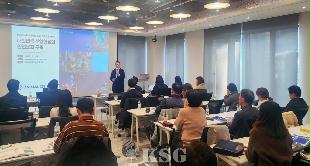



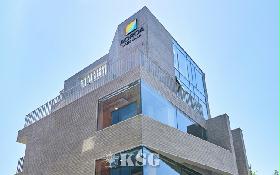
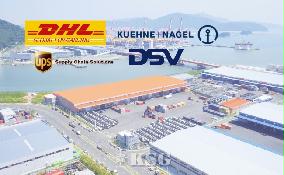

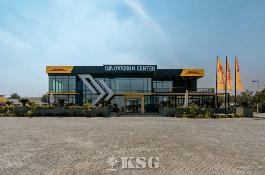
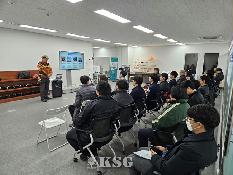




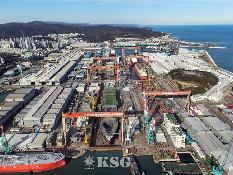
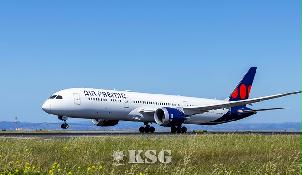


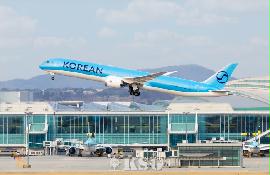


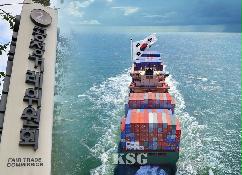



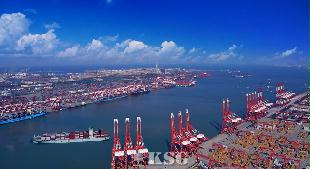
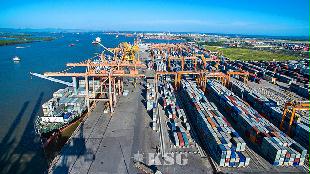
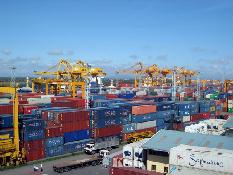






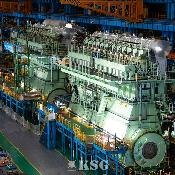
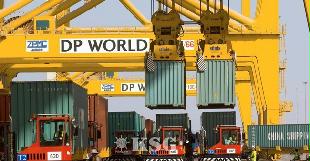

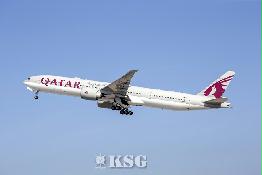





















0/250
확인